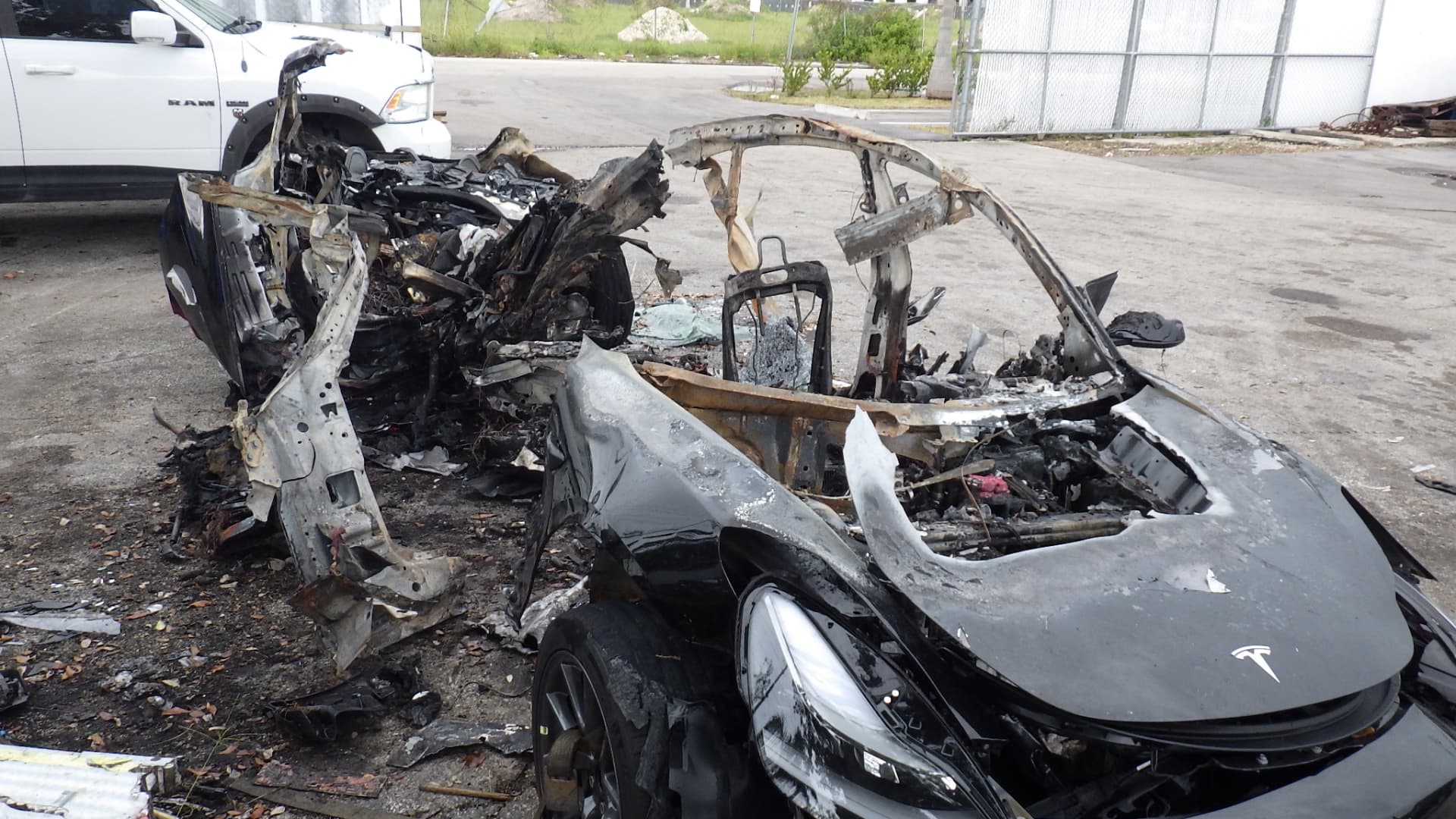Knightshade
Well-Known Member
For clarity's sake, when discussing the NHTSA data, ADS is level 3 and up, ADAS is level 2.
My post made no mention of ADS, and there are 0 ADS systems in consumer vehicles on US roads today- so not sure what you're pointing out the distinction for here?
Sort of disingenuous to conflate geofencing with accident rates when it's also cherry picking the easiest/ safest regions.
On the contrary- that's entirely the point.
The lower rates from legacy are almost certainly in part, possibly in large part, due to exactly that restriction.
A restriction NTSB has been screaming for Tesla to implement for over 5 years now-- NHTSA was resistant to compelling that- but is now collecting data that might serve as an excuse to do so.
"Your manual explicitly says this system is only intended for highways-- your data shows it has a higher accident rate elsewhere- why do you not geofence it to highways like everyone else with lower rates?"



